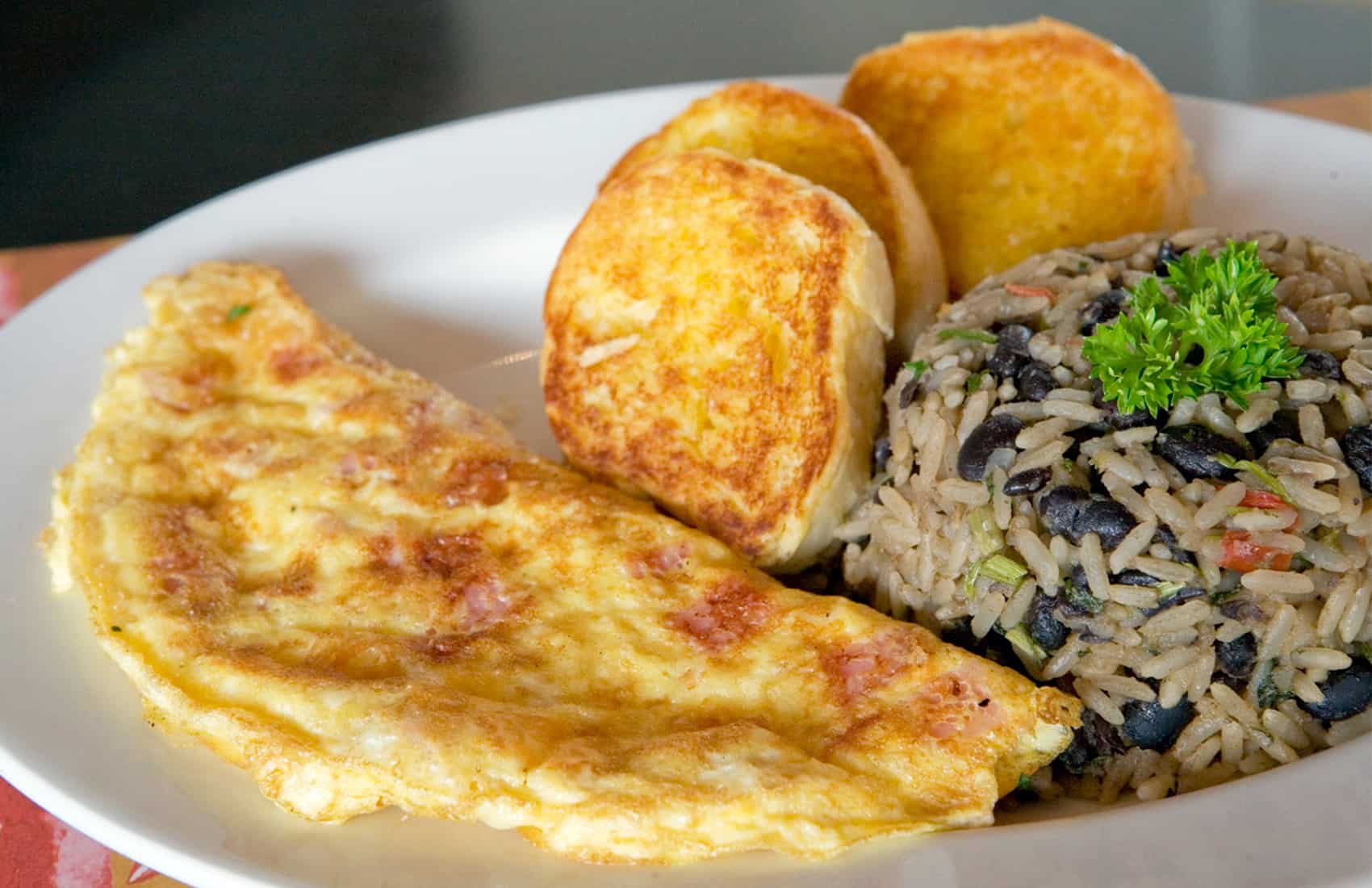It is true that most Costa Ricans eat rice and beans on a daily basis. But it is also true that the daily Tico diet used to include what foreigners might consider exotic and unconventional fruits, vegetables and herbs.
Anonas, malanga, pipián, tiquizque, flor de itabo, yuplón and chicasquil are Costa Rican native products that not even Ticos recognize today. Younger generations may recall hearing those names in their grandmothers’ kitchens; but give them a malanga and they will have no idea how to cook it. The Costa Rican Restaurant Chamber (CACORE) wants to change this.
At its recent 30th anniversary celebration, the chamber decided to spotlight traditional Tico ingredients in an effort to turn them into the future of gourmet Costa Rican cuisine. Malanga and tiquizque chips, culantro coyote pesto, flor de itabo risotto and tacaco relish were among the dishes served during the celebration’s dinner.
Launching this new Costa Rican gourmet cuisine is part of CACORE’s National Plan for Sustainable and Healthy Gastronomy. Through this initiative, the chamber aims to encourage the creation of a new Costa Rican cuisine. The plan is to use traditional, and in many cases forgotten, native ingredients and transform them into dishes worthy of a fine dining experience.
CACORE’s 30th anniversary menu included 11 dishes, each made with a traditional and unusual ingredient. The result was a succulent gastronomic experience for more than 150 restaurant owners.
“Our goal was to show those restaurateurs that we don’t need to look abroad for fun and flavorful ingredients. I can see an Italian restaurant serving culantro coyote pesto or even Pizza Hut serving tiquizque chips and aloe vera vinaigrette in their salad bar,” CACORE President Manuel Burgos said.
The dishes were a culinary collaboration between Carlos Castrillo, executive chef of the Ramada Plaza Herradura Hotel, and Alfredo Echeverría, executive director of the Gastronomy Club in Costa Rica.
“For years we could not create these kinds of dishes because we didn’t scientifically know which plants, fruits or vegetables were edible or not. We had to rely on our families’ inherited knowledge,” Echeverría said. “The National Biodiversity Institute recently published a book called ‘Plantas comestibles de Centroamérica (Edible Plants of Central America), and much of our inspiration comes from this book.”
The book is a new scientific database for culinary professionals in the country, and could be the point of departure for a new Costa Rican cuisine promoted by a number of chefs in recent years.
The national plan also could give Costa Rican products better positioning abroad. Iván Medina, executive chef of the Amsterdam Café in the U.S. city of Auburn, Alabama, after a recent visit to Costa Rica said he is taking home ideas on how Costa Rican dishes and ingredients could be used in his restaurant. The Puerto Rican chef’s cooking philosophy is to use food to educate people about the different flavors that can be found in Latin America and how they can be used in more traditional dishes.
“The lunch hour is the perfect time to experiment with new dishes and ideas,” said Medina, who once served gallo pinto as a side for a Veracruz-style red snapper and on another occasion added fried duck chicharrones to one of his dishes. After his latest visit, Medina is taking home the classic Costa Rican chifrijo – a bar dish combining rice, beans, pico de gallo and chicharrones – as an idea for a future dish in his restaurant.







